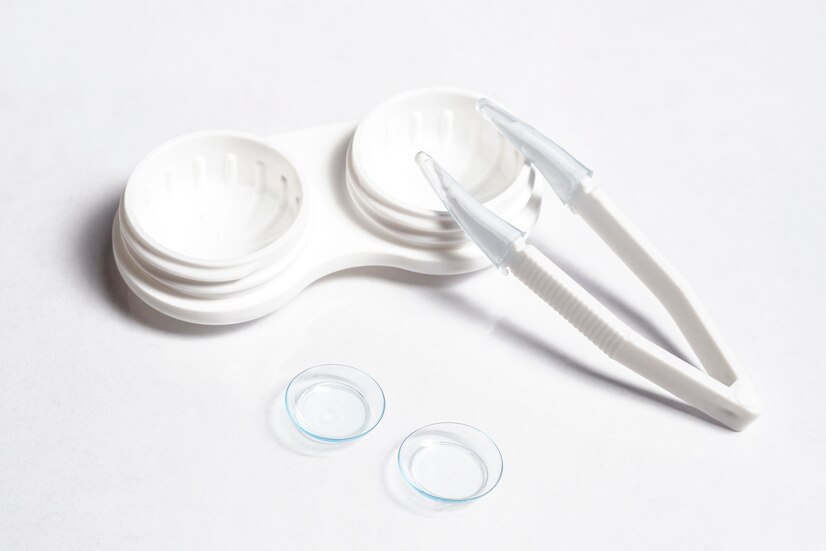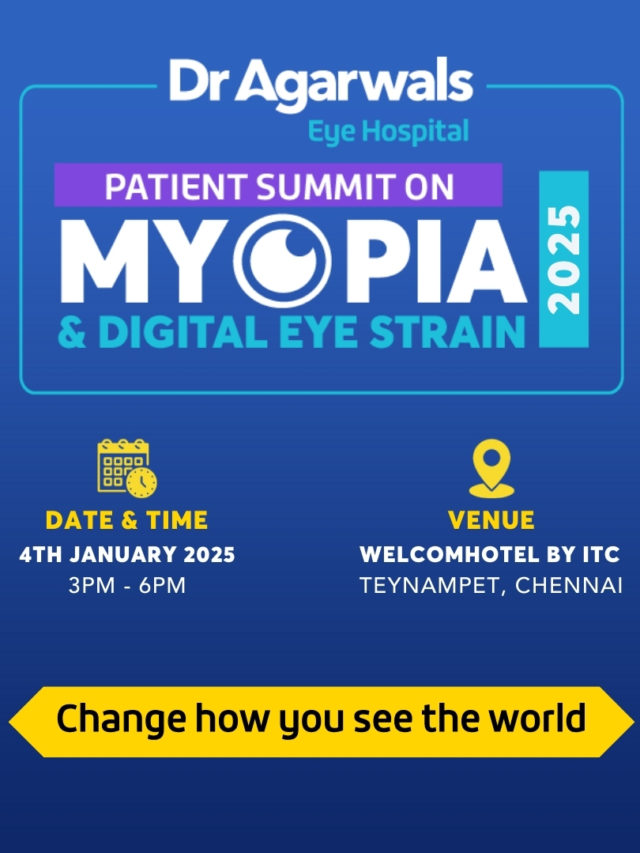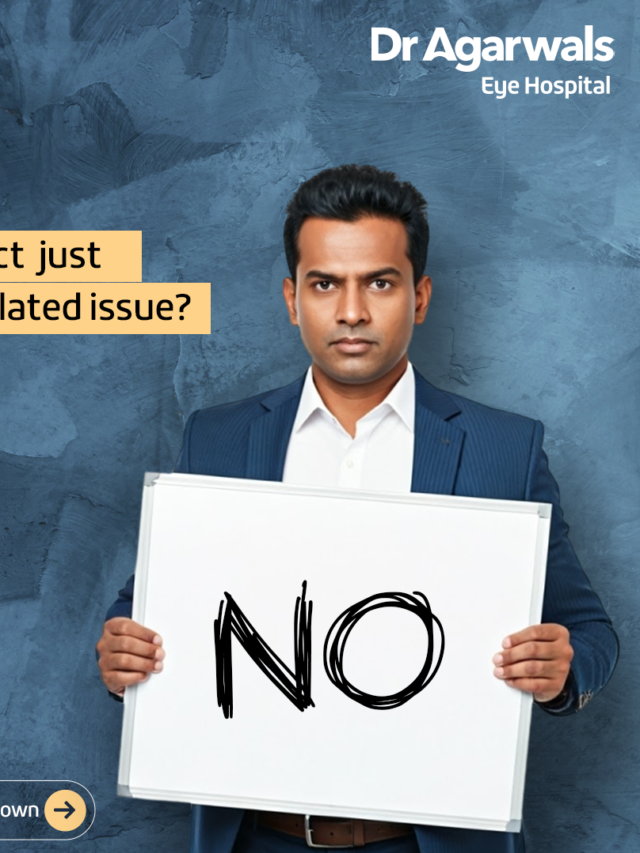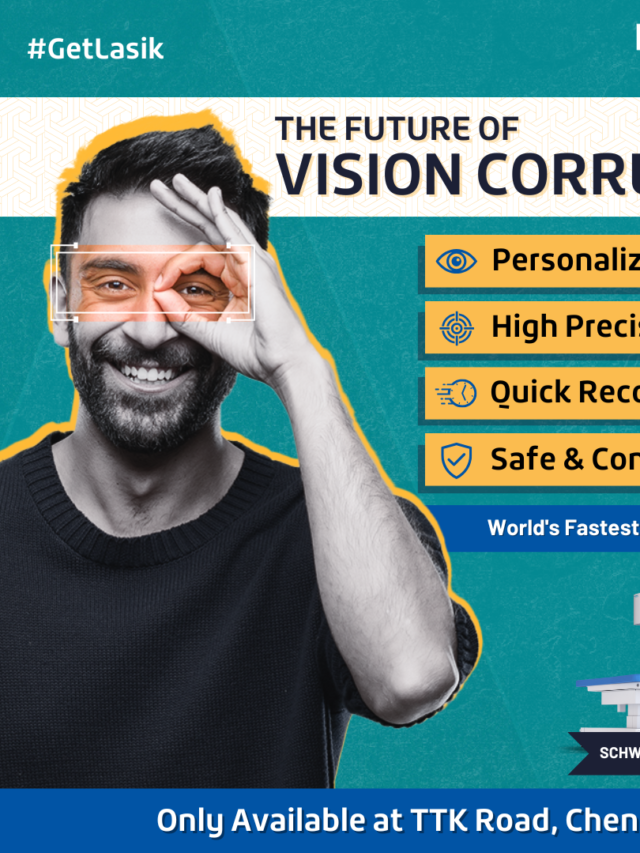There are about 14 crores people who wear contact lenses worldwide. Eye care industry continues to bring new contact lens materials and better care systems, nevertheless, up to 50% of them still complain about dryness and uneasiness at the end of the day. Consequently, some of these either discontinue or quit wearing contact lens permanently.
There have also been continuous reports since many years about the corneal infections induced by contact lens. However, little information has been extracted from the relationship between contact lens, tear film and the cornea. This is known as tear exchange.
If tear exchange is improved and the accumulated debris is flushed below the lenses, then contact lens can have better durability. Initially, the significance of tear exchange had been considered limited in providing oxygen to the cornea behind the lenses. However, now tear exchange is targeted not just to improve the oxygen permeability but also to decrease debris that decays between the lens and cornea, particularly in extended wear (EW) and continuous wear (CW) contact lens wearers.
People who experience dry eye while wearing contact lens usually complain of symptoms like irritation in the eyes, scratchiness, red eye, tiredness and occasionally intolerance to contact lenses. For these people switching to newer contact lenses or the lens care products make their eyes more comfortable.
There are new lenses which have reduced dry eye and hypoxic complications by virtue of having high oxygen permeability and better ability to retain moisture such as silicone hydrogel contact lenses (SiHy). Besides silicon hydrogel lenses even rigid gas permeable lenses are seeing an increased uptake due to the newer materials and designs. For people who are prone to develop problems related to dry eye RGP lenses are superior compared to soft contact lenses. Another ideal solution for people who develop dry eye and intolerance to contact lenses is to switch to daily disposable contact lenses. These lenses have superior oxygen permeability and reduce the need to use any of the contact lens solutions.









